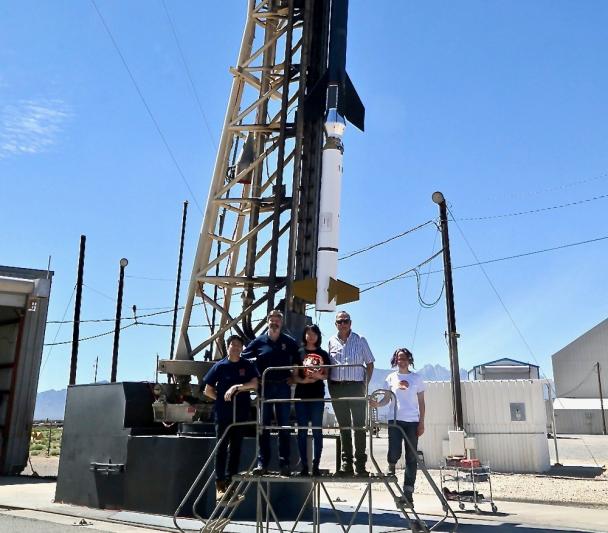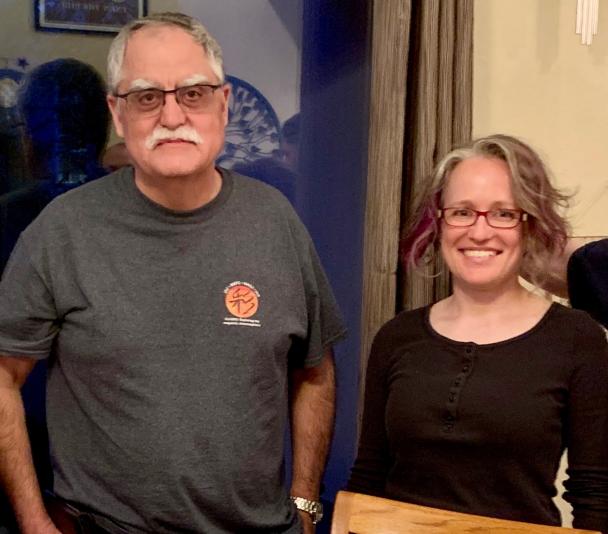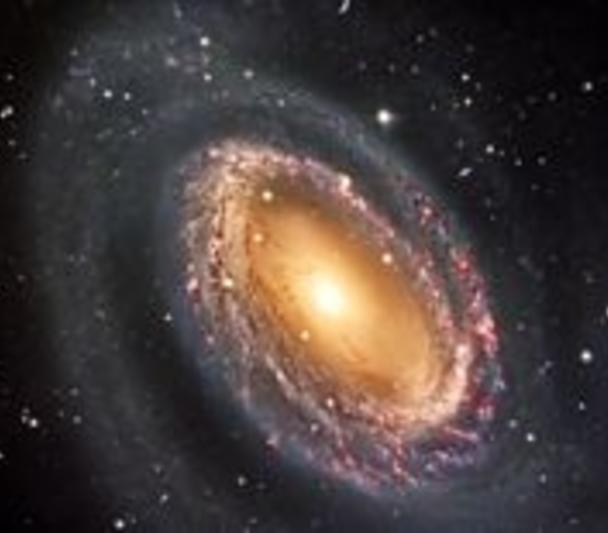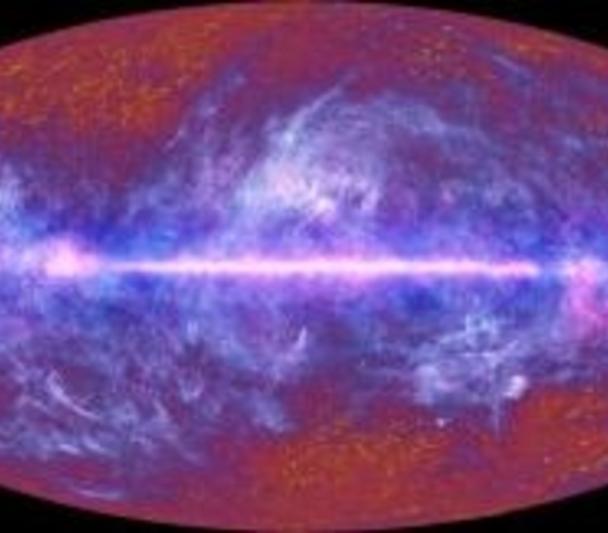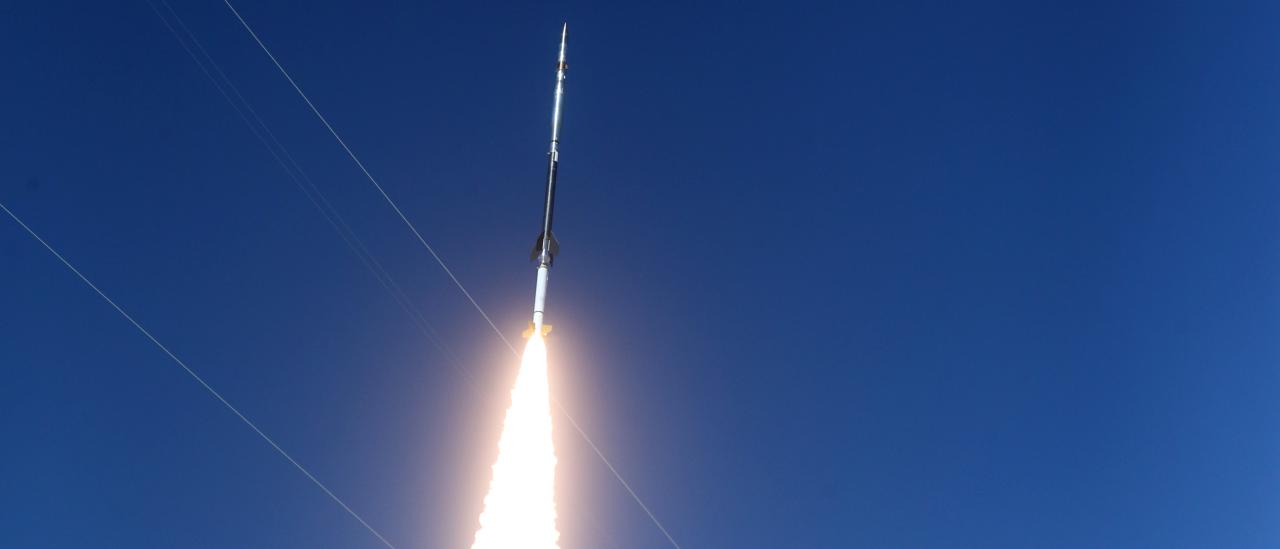
CLASP-2: investigating the magnetic solar chromosphere by means of telescopes launched into space with NASA suborbital rockets
In 2015, an international team (USA, Japan and Europe) carried out an unprecedented suborbital space experiment called CLASP-1, motivated by theoretical investigations carried out at the IAC by Javier Trujillo Bueno and his research group. After the outstanding success of that mission, on April 11, 2019 NASA has launched CLASP-2 from its base close to Las Cruces (USA). CLASP-2 has made it possible to detect for the first time the polarization produced by several physical mechanisms in the most intense ultraviolet radiation emitted by the ionized magnesium atoms of the solar atmosphere. The theoretical modeling of such pioneering observations will help decipher the complex magnetic fields of the Sun's chromosphere.
